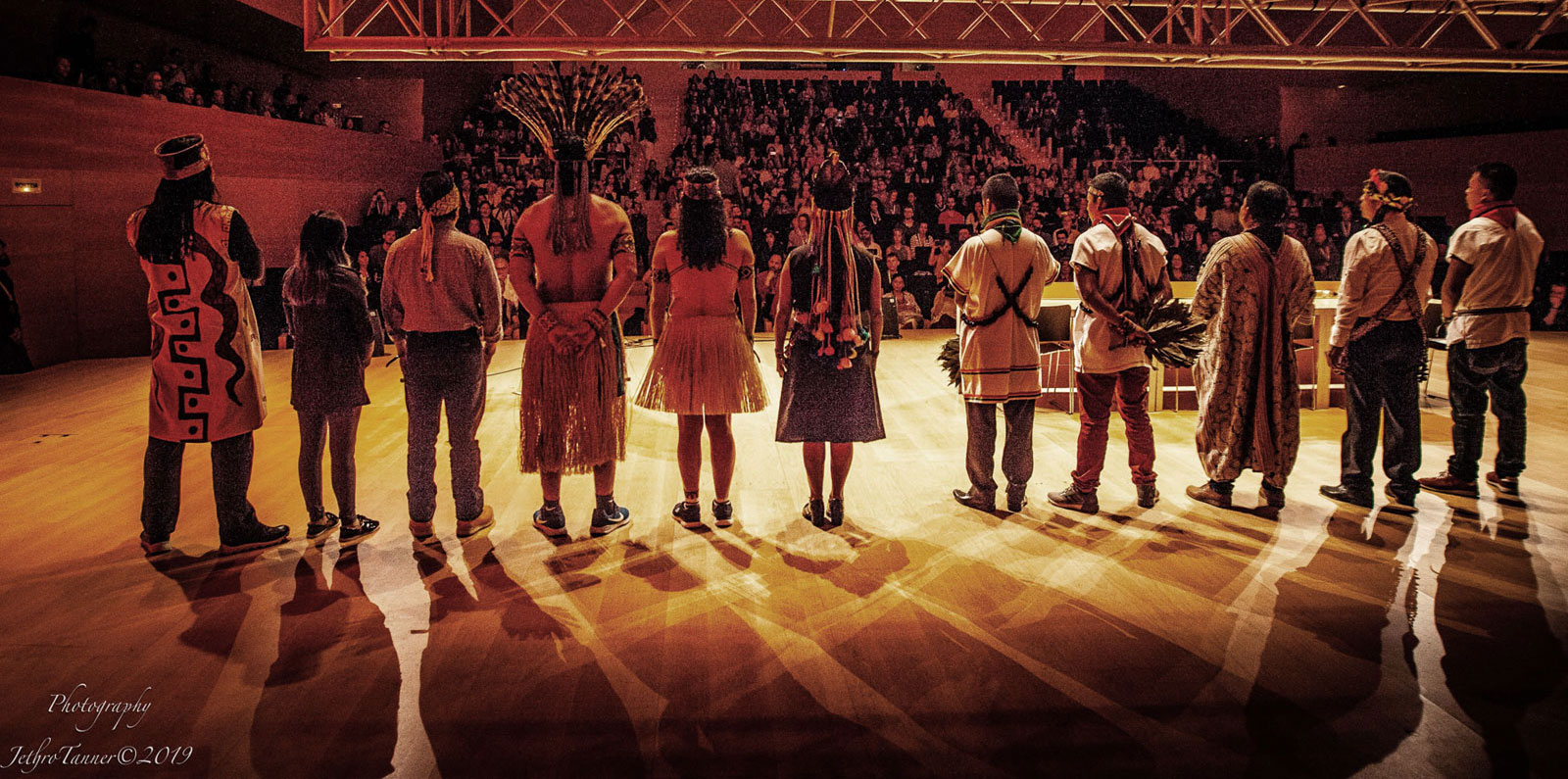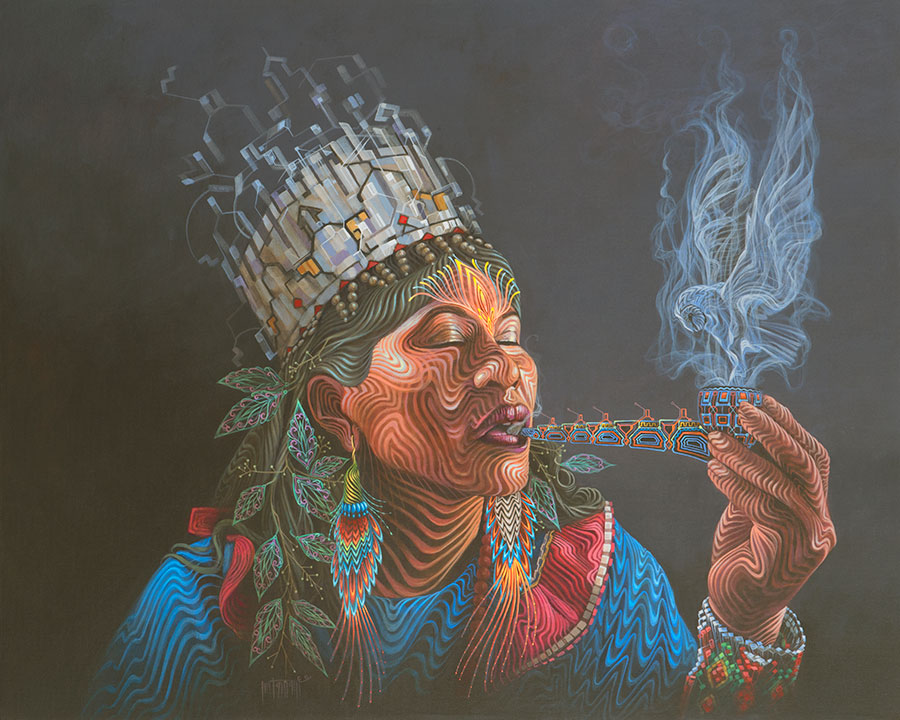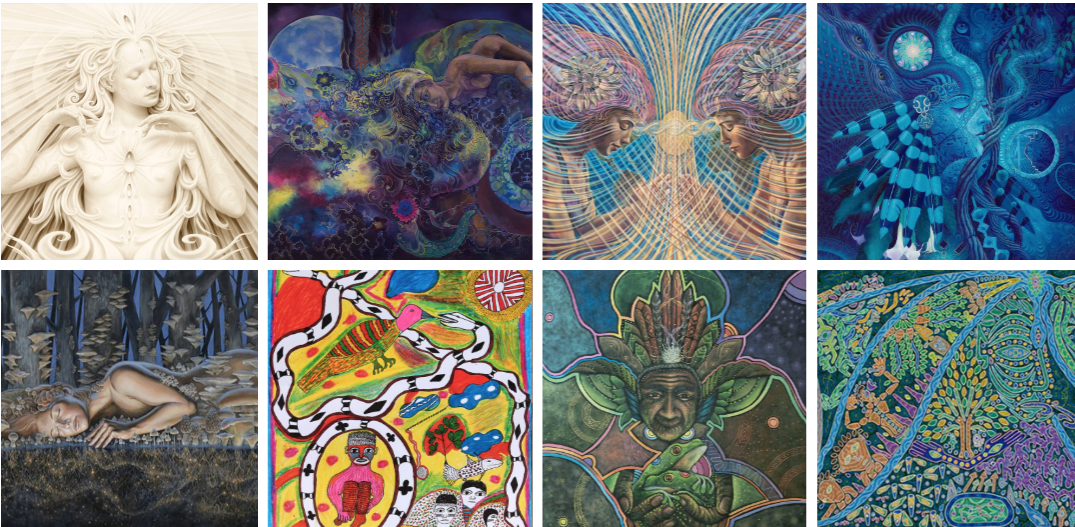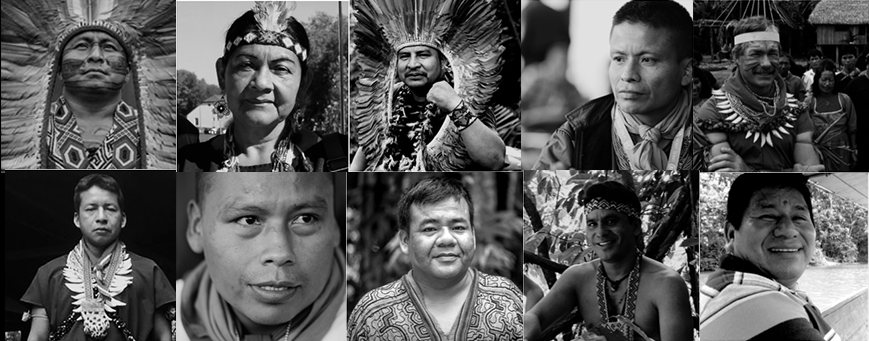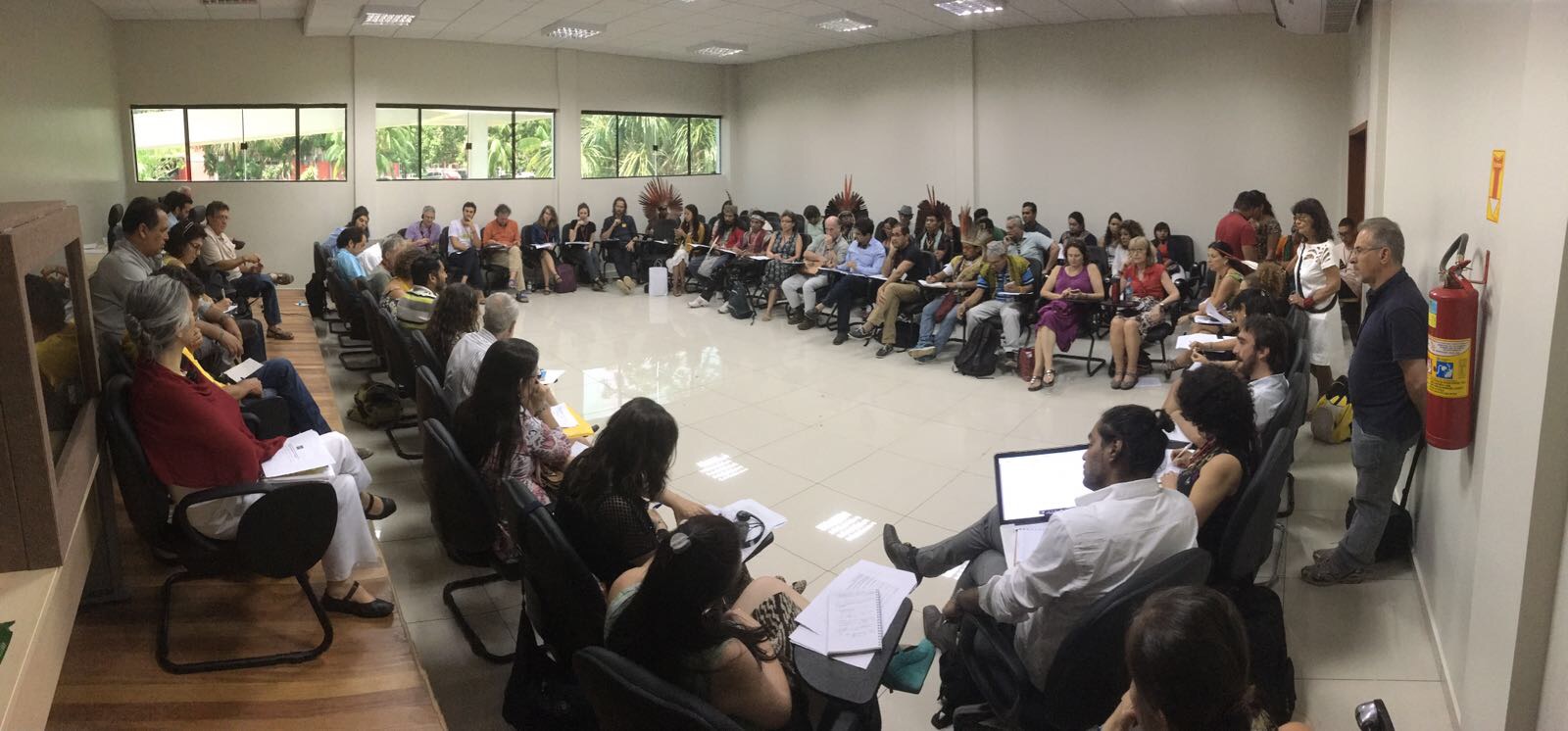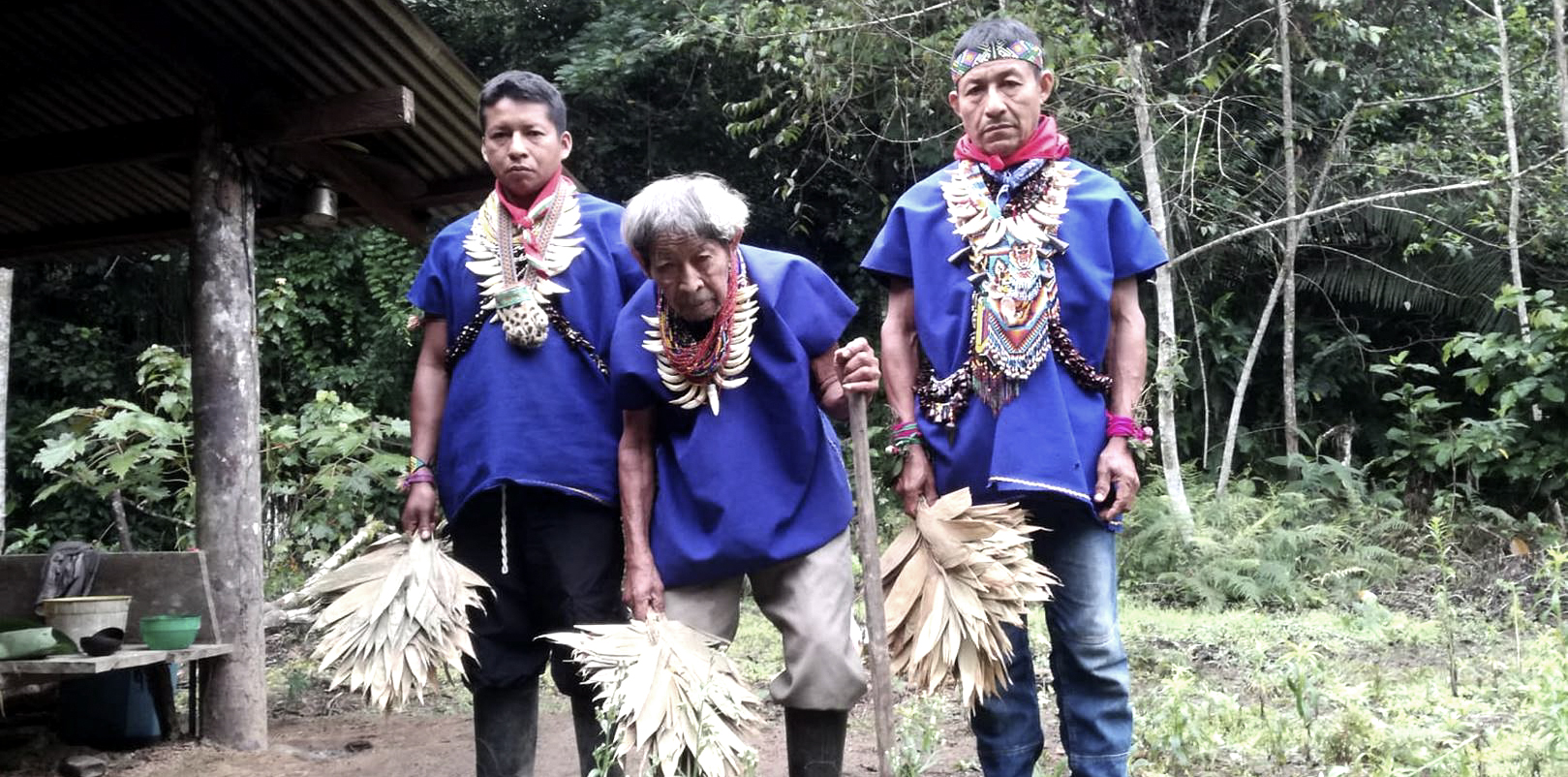While ayahuasca has been used by communities in South America for hundreds, if not thousands, of years, a significant body of scientific evidence looking at its therapeutic potential has only begun to emerge in the last decade.
Last June, the first-ever randomized, placebo-controlled trial with ayahuasca was published in the Journal of Psychological Medicine. It looked at 29 patients with treatment-resistant depression, finding that, of the subjects who received ayahuasca, 64 percent of them saw rapid, significant improvements in their symptoms. And, in February, a large-scale survey looking at the health of ayahuasca users was published in the Journal of Psychoactive Drugs. The survey – conducted by the NGO ICEERS along with the Universitat Rovira i Virgili, the University of São Paulo, and Universidad Autónoma de Madrid – assessed 380 long-term ayahuasca users in Spain, concluding that they are healthier than the general population.
“The main conclusion of this study,” write the researchers, “is that a respectful and controlled use of hallucinogenic/psychedelic drugs taken in communitarian settings can be incorporated into modern society with benefits for public health.” This study, among others, will be presented at the World Ayahuasca Conference this Spring, where leading researchers will be discussing the current state of ayahuasca science.
Need for more trials
While the studies conducted thus far are promising, researchers admit that there is a need for rigorous trials investigating ayahuasca, particularly as it grows in popularity across the globe. Scientists and anthropologists have conducted a number of what are called observational studies – where users are systematically interviewed about their experiences, but they’re not tested in a setting that controls for variables. They have found that ayahuasca could be beneficial for drug dependence, alcoholism, and post-traumatic stress disorder, among other conditions. These studies are bolstered, too, by the countless personal stories people share about their transformative experiences drinking ayahuasca, either at retreat centres in the Amazon or in a community where they live. This research, however, is largely regarded as preliminary by the western medical community which considers double-blind controlled trials as the gold standard in science.
Rafael Guimarães dos Santos, a Post-Doctoral Fellow and Professor at the University of São Paulo’s medical school, is part of a small, but committed number of ayahuasca researchers around the globe looking to change that. He’s currently a part of three double-blind ayahuasca trials, the results of which he says will be published in the next two years. Two of the trials are analyzing at the effects of ayahuasca on healthy volunteers, while the third is looking at volunteers with social anxiety. His team is also in the planning stages for a double-blind trial investigating ayahuasca for alcoholism.
Research shows ayahuasca does not cause harm
Most clinical research involving the brew so far, Santos says, have looked at young, healthy volunteers rather than those with mental health conditions. These studies suggest that a single or a few doses of ayahuasca are safe in controlled settings. Observational studies among long-term ayahuasca users in Brazil, he says, have also found that ayahuasca does not cause psychological or cognitive harm.
Most of the problems that arise from ayahuasca are a result of untrained people administering the brew, says Santos. In rare cases ayahuasca can induce anxiety, panic, mood, and other psychotic disorders in those who are predisposed to mental health problems, but this is something that has yet to be seen in controlled settings where subjects are screened before they’re allowed to participate. Additionally, Santos warned, ayahuasca might interact with other medications people are taking, something that seasoned facilitators ,churches, rigorous retreat centers, and researchers ask about, but that might not occur to someone who, say, orders ayahuasca on the internet or takes it with an inexperienced ceremony leader.
“These instances of abuse and disrespect are rare,” says Santos. “Most ayahuasca rituals seem to be associated with safety and good health.”
Ayahuasca in real world settings
José Carlos Bouso, ICEERS’ Scientific Director, not only agrees with that assessment, but thinks it’s important that ayahuasca continues to be investigated in a variety of settings. He’s headed a number of ayahuasca studies for ICEERS, and says it’s essential to understand the limitations of studying ayahuasca using a Western research model. When ayahuasca is studied in a controlled setting, for example, it allows for more concrete and specific conclusions, but it doesn’t allow researchers to understand what’s happening when people take ayahuasca like they do in “the real world” – in community, with music, and other ritualistic elements
The ICEERS research team is currently analyzing data collected from more than 200, mostly first time, ayahuasca users who participated in ceremonies at the Temple of the Way of Light retreat center in Peru. They followed up with them four months after their ceremonies to measure how their grief, anxiety, and trauma, among other mental health conditions, has changed since then.
The findings will be presented, for the first time, at the World Ayahuasca Conference in Spain this Spring. Bouso says the goal, right now, isn’t necessarily to use their research to legalize ayahuasca, but rather to show that it can be safely integrated into contemporary society. With that goal in mind, they’re slowly accumulating evidence to close the gap between modern science and generations of traditional Indigenous knowledge.


